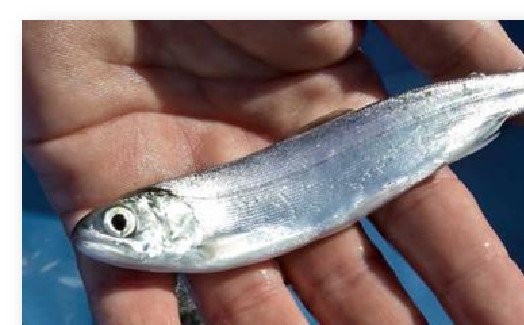Idaho Sockeye Survival Improves With Change In Water Chemistry
Mystery of low survival of hatchery fish tied to hard water in hatchery, soft water at release site
- June 18, 2018
- John Harrison

Since last year, the Idaho Department of Fish and Game has been working to resolve a survival mystery regarding sockeye smolts raised at the department’s second sockeye hatchery, a converted trout hatchery near the town of Springfield in southeastern Idaho.
For reasons that were not immediately clear, smolts raised from eggs at the three-year-old hatchery and then released into Redfish Lake Creek near the headwaters of the Salmon River, a 4.5-hour hour tanker truck ride to the Northwest for the fish, were not surviving as well as had been anticipated. Smolt survival in the years before the Springfield Hatchery was completed, raised at other facilities and released into the creek, averaged 50 percent from the release point to Lower Granite Dam and over 30 percent to Bonneville Dam. But smolts raised at the Springfield facility fared worse, never over 30 percent to Lower Granite and less than 10 percent to Bonneville.
Why?
This month, Idaho Department of Fish and Game (IDFG) assistant chief of fisheries Paul Kline and ESA coordinator Christine Kozfkay reported to the Council that they now have a pretty good idea of what happened. Kline said the initial theory, which he reported to the Council last November, appears to be correct: the fish mortality was the delayed effect of shock-to-the-system exposure to vastly different water chemistry -- mineral-rich, hard water at the Springfield hatchery (234-238 milligrams of calcium carbonate per liter) where the smolts were raised, and soft water in the creek (11-12 milligrams of calcium carbonate per liter) where the fish are released. Smolts face a variety of chemical, physical, and metabolic stressors when they go through the process of adapting from survival in freshwater to survival in salt water, whether reared in a hatchery or in the wild. Tests of the physiology of the Springfield smolts showed they developed lethally high levels of cortisol after release into the creek. Cortisol is a hormone released when organisms – fish and also humans -- undergo high levels of stress.
The Springfield hatchery is designed to produce up to 1 million sockeye smolts in a coordinated effort involving hatcheries at Eagle Idaho, and also at a redundant facility at Manchester, Washington, on Puget Sound. Snake River sockeye are listed as an endangered species. The expectation of the production program is to have 5,000 adult sockeye cross Lower Granite Dam as they return from the ocean to spawn. The highest Lower Granite count in recent years was 2,786 fish in 2014. Since then the numbers have been lower.
Smolts from the Springfield hatchery have been released four times since 2015 in various places including the creek, the Sawtooth Hatchery, and the Salmon River. A subset of the population is raised and spawned in captivity to safeguard the unique genetics of the species.
When water chemistry was identified as the most probable culprit for the Springfield smolt mortalities, IDFG conducted experiments releasing Springfield smolts in different places and utilizing different strategies – into Redfish Lake Creek after acclimation, into the upper Salmon River after acclimation, into Redfish Lake Creek after softening the water, and directly into Redfish Lake Creek. The most promising scenario, resulting in 75 percent survival to Lower Granite Dam, was releasing the smolts directly into the Salmon River after acclimation at the Sawtooth Hatchery, where the water is harder than the creek but softer than at Springfield (68 milligrams of calcium carbonate per liter and low alkalinity and pH). Survival of fish acclimated at Sawtooth and released into Redfish Lake Creek was nearly identical. Survivals to Bonneville Dam of fish acclimated at the Sawtooth Hatchery before release also were much improved, similar to those recorded before the Springfield Hatchery was built.
Acclimation at the Sawtooth hatchery before release will be part of the plan in 2019 when the department will release 610,000 Springfield smolts. The department will continue to further investigate other strategies, such as softening the water in the transport trucks, but building a large-scale water softener at the hatchery was ruled out, Kline said, when it was determined that such a device would cost more than the hatchery.



